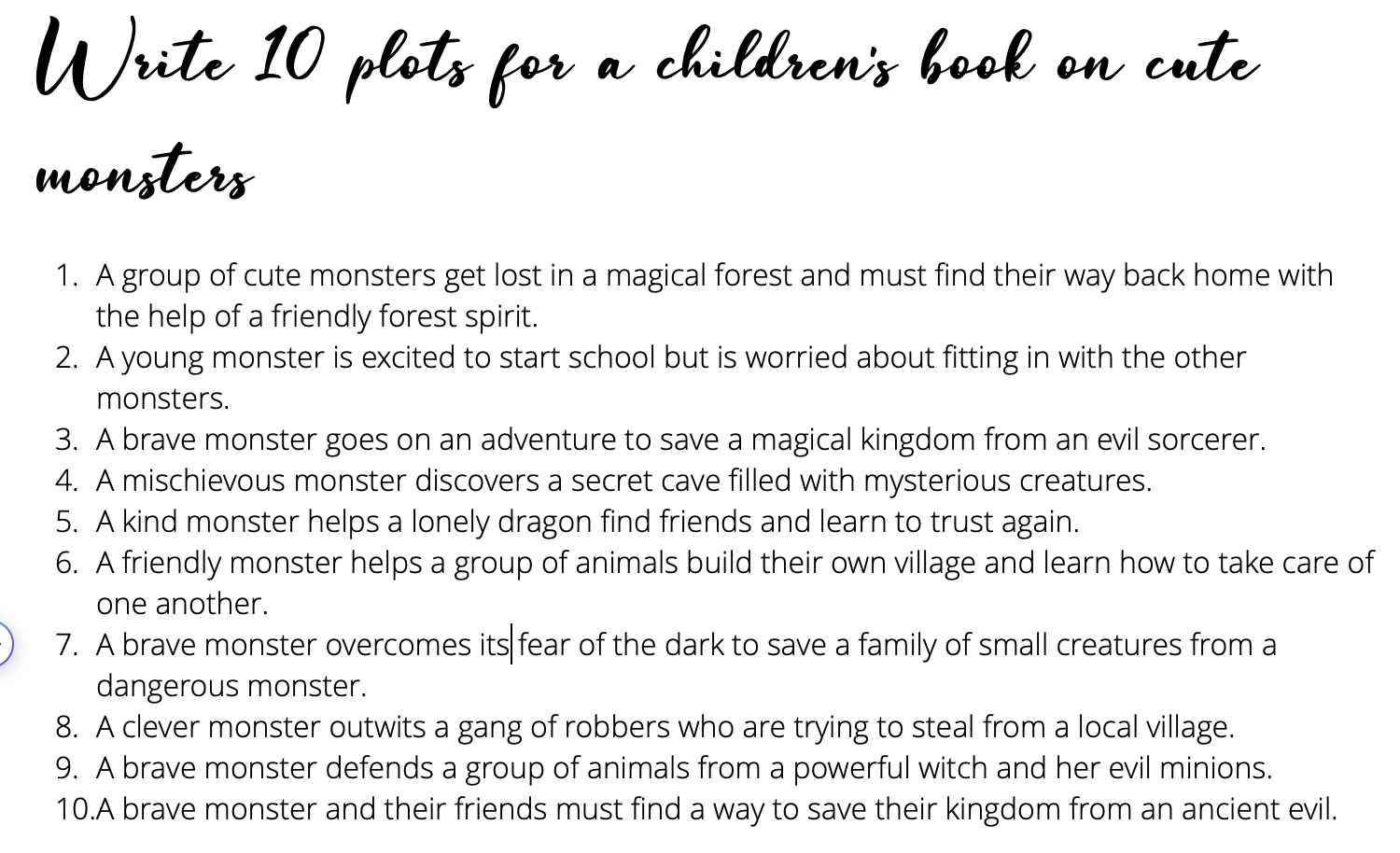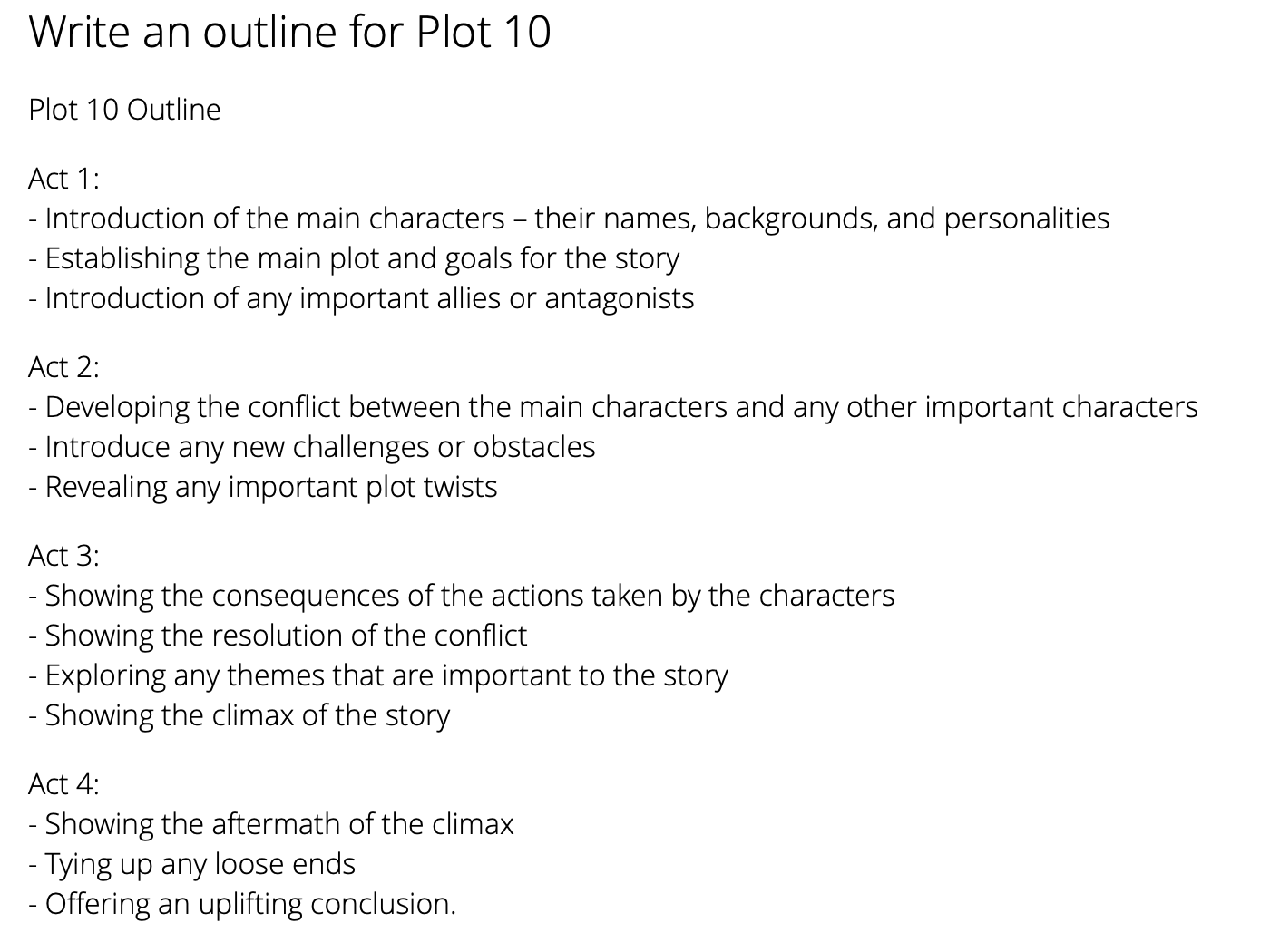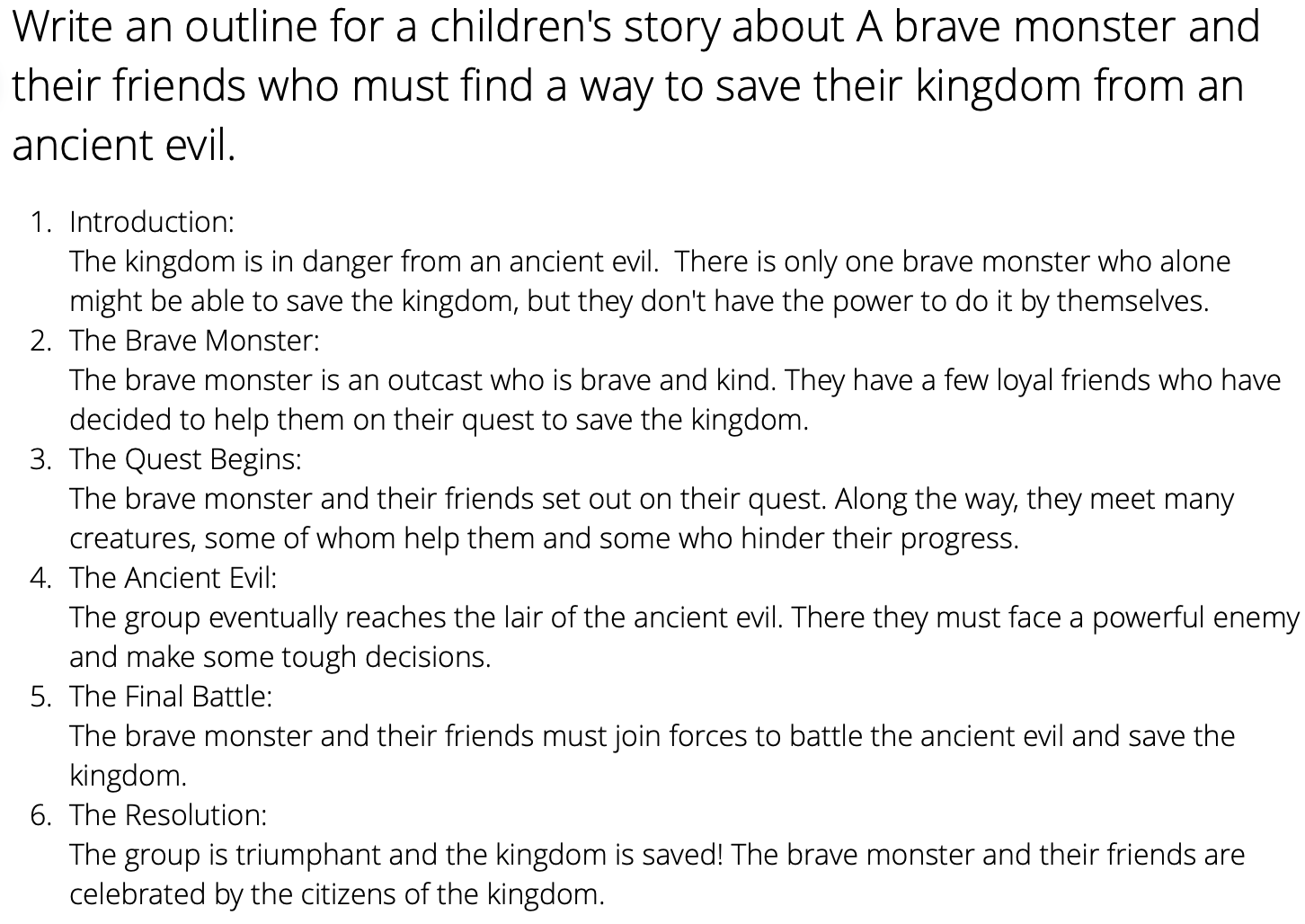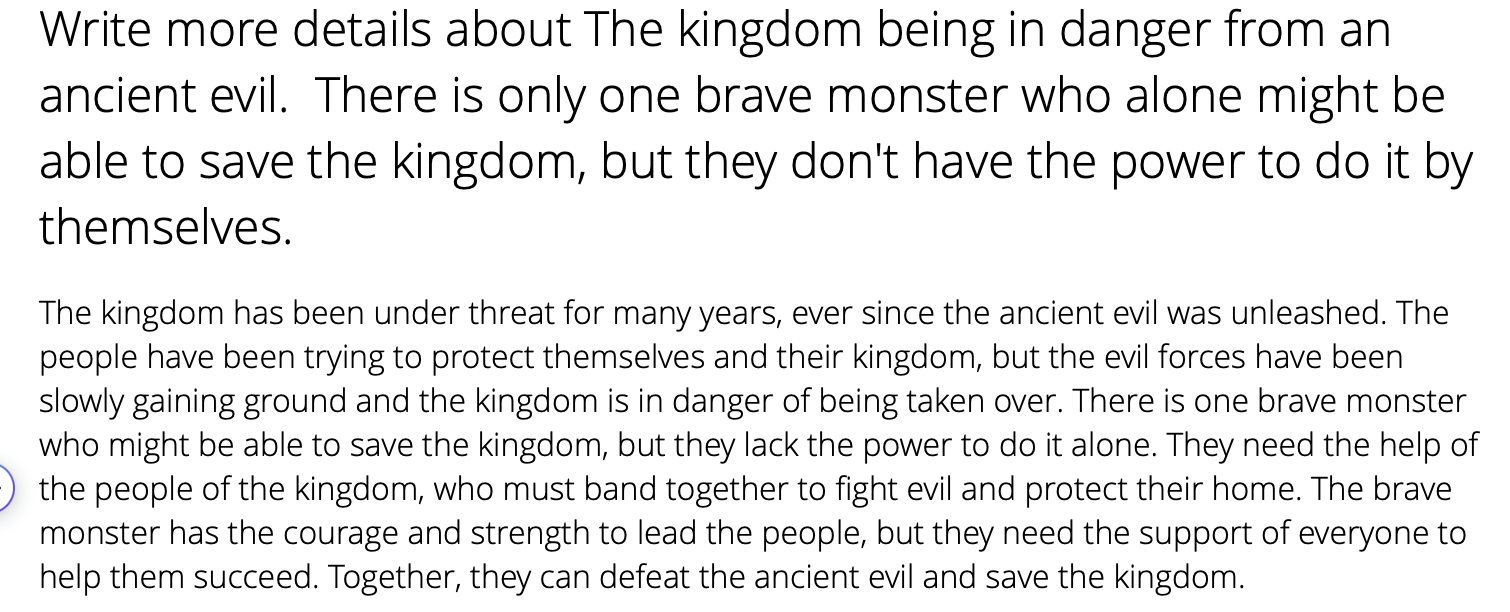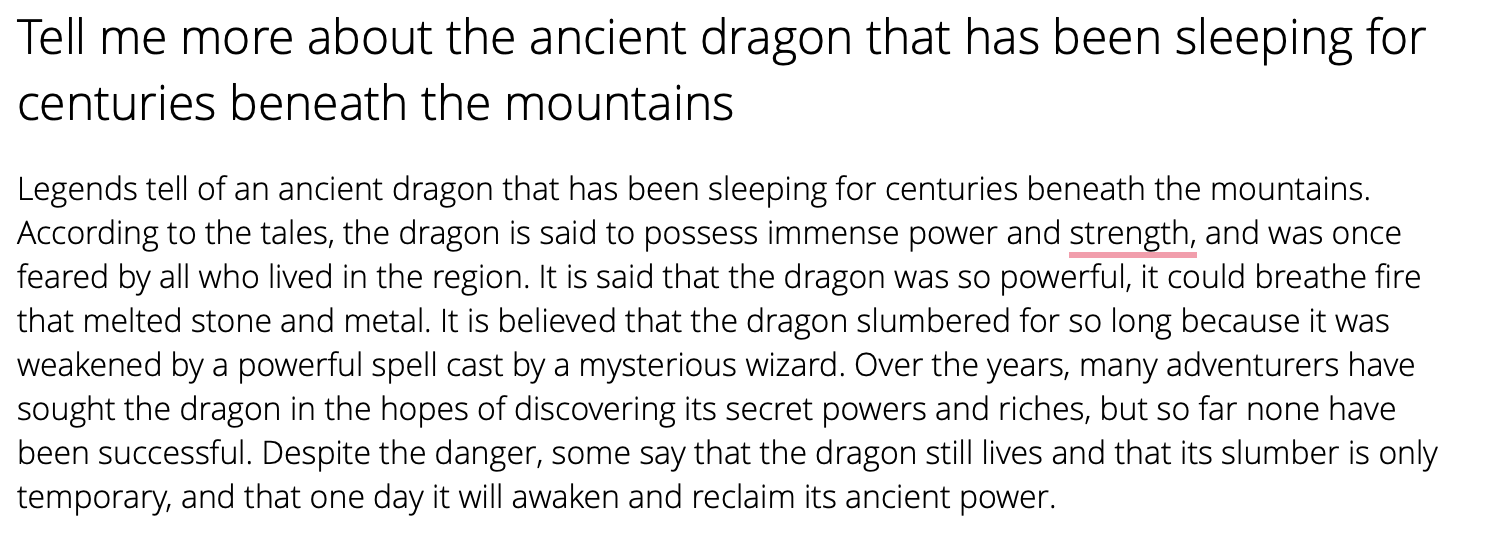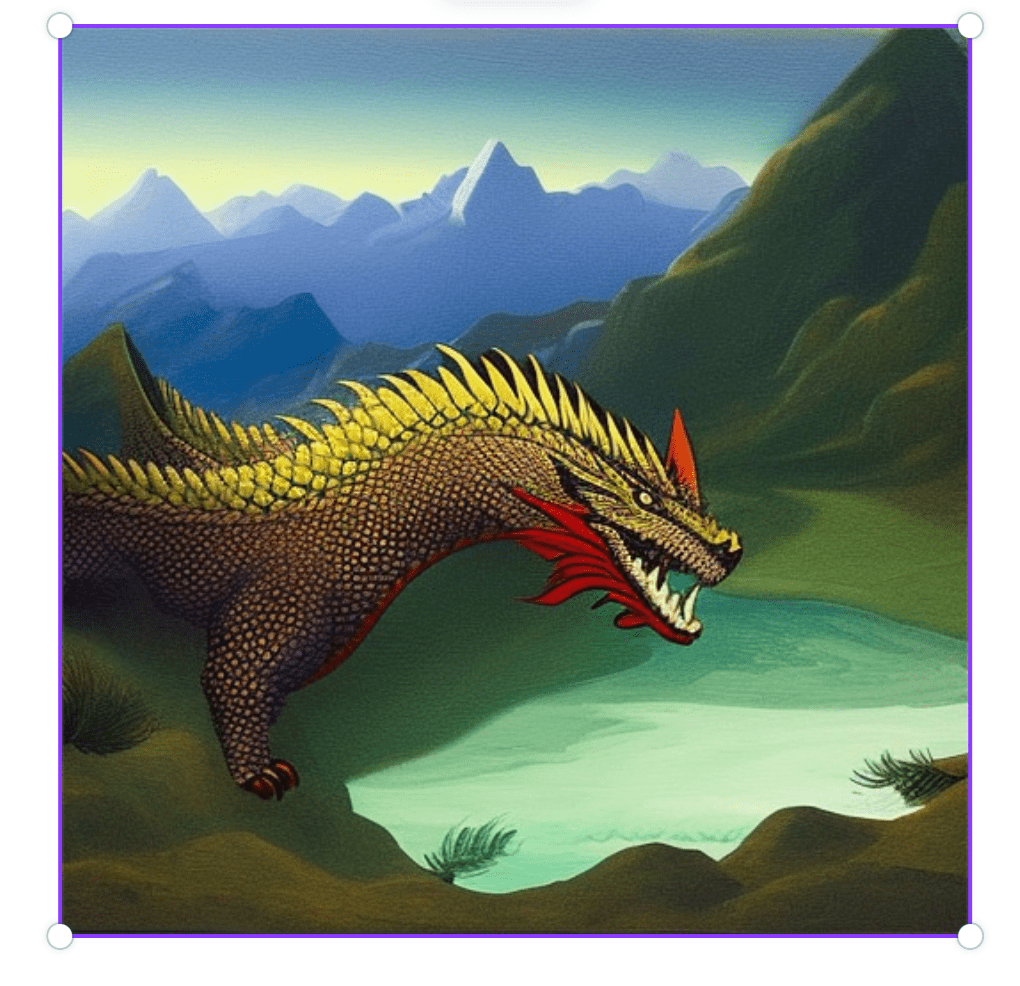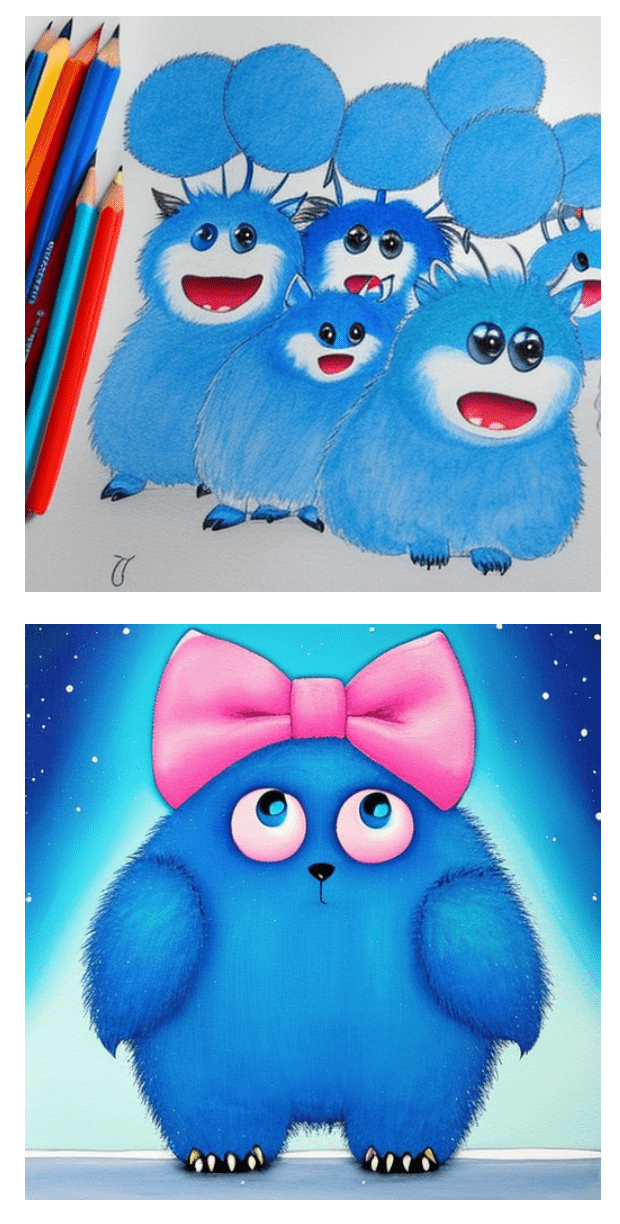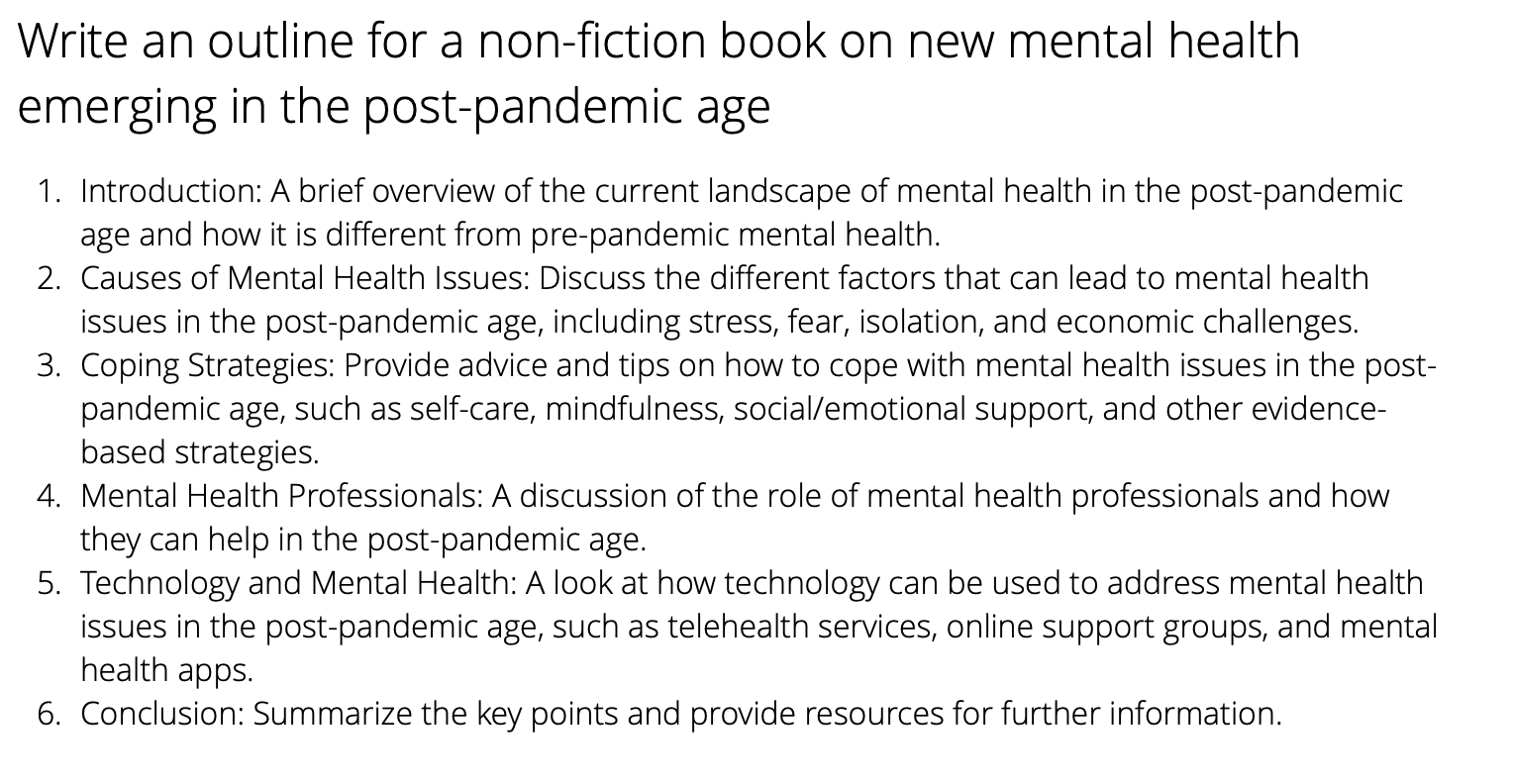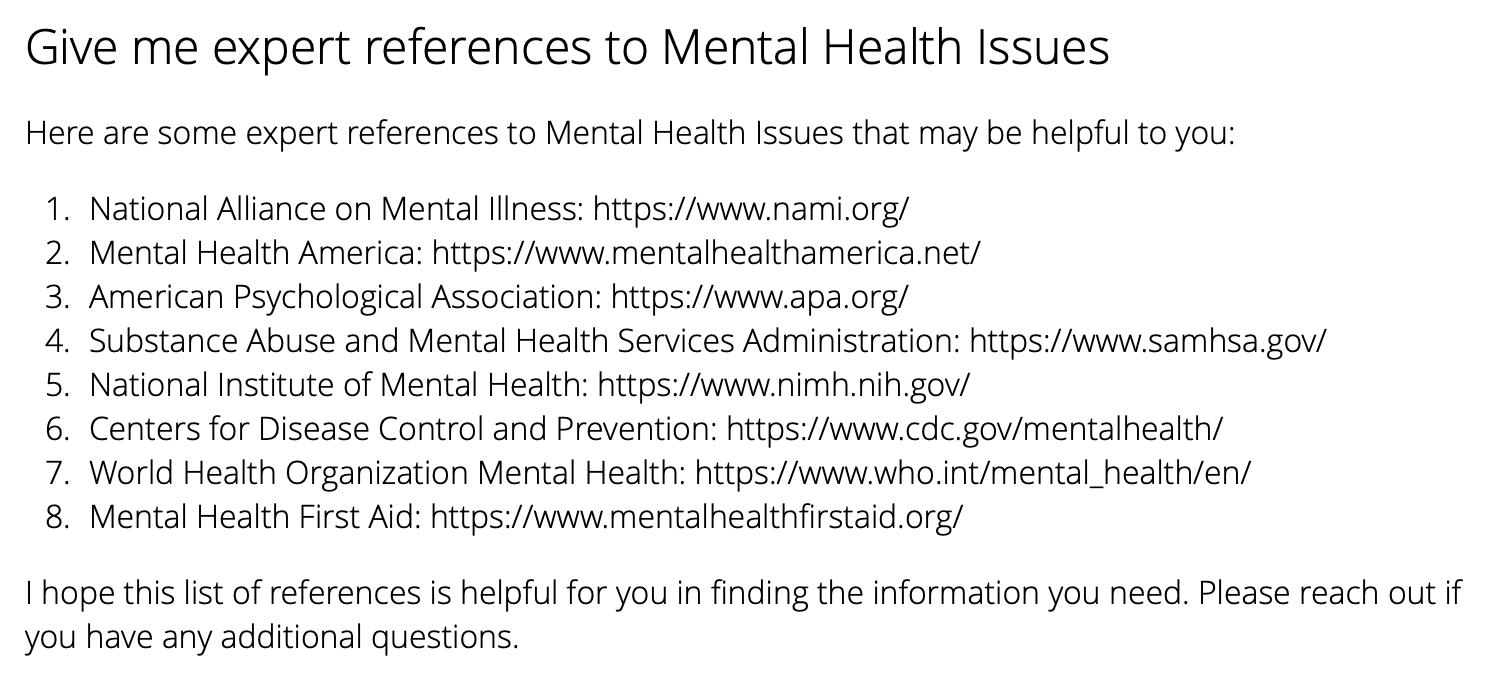I know everyone’s going crazy over ChatGPT, and if you don’t want to know about it, that’s okay. However, I’ve been having great fun playing with artificial intelligence and similar resources for nearly a year now.
I’ve mainly been using it for art because I am a writer, not an artist. In my experience, I’ve been having a great time with it as an artist of words. When you can write good words- you can make great art. Now, this art can be used for many different things. I know there is a lot of controversy over its use. But there’s one thing we’re forgetting, we all use artificial intelligence all the time; when we make a google search, look for audible content, even scroll through social media, you name it. Sometimes, you don’t even know that you’re using artificial intelligence. So why don’t we use these? It’s just an app, and it’s not going to do you any harm.
An AI Story Writer Experiment
What’s more, earlier this month, we had a session on AI for Authors. It was an experiment using artificial intelligence for authors, covering all the kinds of things it can be used for. You can view a clip of that below.
In the first place, one of the things I did during this session was to use it for content. I generated content for a non-fiction & fiction book and some art from artificially produced words. Now, obviously, I have no idea how you are going to use AI, but this is what I’m doing with it – trying to increase my productivity. It’s just like how, once upon a time, we used to handwrite books, right? Now we use a computer. Before that, we used typewriters. Does that mean we’ve lost our artistic licence and given up to the machines? No, the fact is you cannot win against machines. So this is not a fight against the machines but a race with the machines.
A Simple AI Story Writer You Already Signed Up For
Even though I have used a lot of artificial intelligence apps, I’m signed up for quite a few of them, but I’m just going to talk about one, and you’ll be surprised which it is. It’s just Canva.
Likewise everyone is talking about different AI story writers, and we have Canva, our old favourite. Obviously, canva is trying to be everything to everyone, and it’s got art and documentation. Now you can generate your words out of Canva. As promised, this isn’t a marketers pitch. I’m not trying to sell you anything because I’m not an expert. But certainly, if you want to write a book, come and talk to me. But for artificial intelligence, we’re just having fun here.
Getting Started With Your AI Story Writer
Firstly, if you log into Canva, you’ll notice you can open a Design Visual doc. It starts off with some deep and meaningful quotes. What you need to do next is to click on your cursor and choose the function – Add magic. So if you double-click on magic, it becomes the prompt to get some content.
Secondly, you can follow this guide based on our session to begin using this tool yourself. We started with ten plots for a children’s book on cute monsters and some of the plotlines we found were –
As you can see, there are lots of plots here. I’m really quite amazed because while I could have probably thought of these plots, it might have taken me more than 2 seconds.
Next, we picked one of the plots and went on to ask for a prompt to start writing.
How to Get More From This AI Tool
Tip. You can use up to 200 words in your prompt. Not bad. However, if you look closely, it’s just suggested a random plot. It didn’t take the one we chose and was very generic. We made the request more specific, and voila, an entire plot line sat right there on Canva.
You can continue to ask the AI story writer to build on the plot by asking for more details and being more specific about the content you want.
Equally, we could have actually finished the story right then and done the whole thing. An author did just that, he wrote, published and illustrated a children’s book in 24 hours and put it up on Amazon. At first, it was popular, but he got a lot of backlash about it later.
Besides, you’re always going to get backlash from people who don’t understand. Even I got a bit of backlash when I put this up on a group somewhere. I put it on my page and invited people to come in while I did AI experiments. And someone said, oh, my God, I can’t believe we are so lazy now to do the writing. Another response said- what’s writing coming to if an AI story writer is going to do it? All I’m thinking is, hold on, are we going to go back to 16th-century Elizabeth in England and chastise Shakespeare for copying all his plots and stories? There’s nothing new under the sun. We’re just trying to use technology. So you’re going to get a few trolls about it. But, I’m still happy to write because, as we know, I think we’re a bit smarter than the AI, but it can give you this bulk of stuff to work with.
Generating More Content From The AI Story Writer
Thirdly, in the outline above, it’s obvious the AI story writer has used the classic three-act or the five-step, which we have in every story quest; there is a good side, then there’s a danger, while the hero has to fight against it. This would have been enough for a children’s book, but it needed more emotion. Because so far, we only got a description without anything to grip us. Yes, there was evil, and the main character conquered it – end of the story.
But that’s not what a good story is. It has to have some emotion. We entered more prompts to get some emotional content, and this was what we ended up with –
So we continued to pick elements and asked the AI story writer to expand on what kind of kingdom it was.
Tell us more about the ancient Dragon.
We had to continue to work this into the story. But still, that’s a pretty good start.
What I hadn’t figured out from this was; how should we talk more about the brave monster ready to defend the kingdom? We wrote to the AI story writer to describe the physical look of the brave monster.
So you can see, it’s doing much of the heavy lifting. We’ve already got 1000 words in the story, and you can take it where you want.
Do you know what it’s really doing? It’s taking the loneliness out of writing. Very often, writing is a very lonely job.
Canvas AI story writer can generate artwork for your fiction book!
Finally, you can use AI to generate art. So for this part, we used the Canva app’s text-to-image function. All you have to do is describe the image you want to see. You can choose between the different style options it has, like, a pattern, painting, or drawing. For inspiration, it gives you what kind of prompts you can feed in to get your artwork.
For instance, what you can do for the artwork you like is drag it and put it into your uploads. So you don’t lose it. And these images allow you to generate about 100 a day, and each prompt will give you four. With this you can create about 20 prompts.
At first, we got very general patterns and had to start narrowing them down by making more specific descriptions. Sometimes with AI, it helps give it exactly what you want. Or else you do nothing and type your search ‘a monster’, and the AI story writer does what it likes. So that’s the way to use AI.
How To Use an AI Story Writer For Your Non-fiction book.
In the same manner as before you generate new content for your non-fiction book. Firstly, decide on a genre or a topic of interest.
We experimented with – mental health in the post-pandemic age.
The result was an entire outline neatly broken into five concise sections that followed the problem-solution format.
Secondly, we then followed the same format and AI to build a non-fiction piece on mental health problems or the emergence of new mental health issues.
For this non-fiction book, we were being specific by giving it an outline. It then just gave us steps like an opening strategy, which was quite different from the fiction piece.
Another factor we also experimented with because why not?
Specifically, would it be possible for us to even bring in relevant references through an AI story writer?
Thirdly, we began with this prompt – tell me more about expert references to the causes of mental health problems.
At this point, it was thinking, and we had to change it to leave out some words because the AI couldn’t make any medical recommendations.
This is what we ended up with.
What we could then do was take one and break each of these up into more detail. And literally, you can write your whole non-fiction book here. I wouldn’t be publishing this on Amazon, but if you wanted to write a lead magnet, this would also help you.
Using Canvas AI to Generate Images For A Non-Fiction Book
Here’s where it got more interesting as we sought to create images using Canvas AI. We tried for photos of mental health patients. It started to get into a series of errors that prevented it from giving any health-related images.
So we tried a social setting of a group of people. The image results had some weird distorted faces.
We then looked for a diagrammatic image of a brain inside a head. In many mental health books, you get that kind of image of a brain.
Further, we also tried to look for an infographic about a worldwide pandemic to see what it would come up with. Although it did generate an image, the content on the infographic was incoherent and vague.
Additionally, we found out that the more searches you try, it won’t allow you to search for a boy, girl or child. You have to say, a young person or an abstract image of a nurse.
This was just a start and an introduction to how to use an AI story writer to improve your productivity as an author. It works for fiction and non-fiction content with varying results because the non-fiction had some restrictions related to the topic we chose. However, it is probably worthwhile investigating how the AI story writer generates content for other non-fiction topics.
If we had chosen to write a non-fiction book about cycling or bicycle races, we would probably have gotten some good pictures. I hope my experience has made you more open to using an AI story writer as a tool to write.

